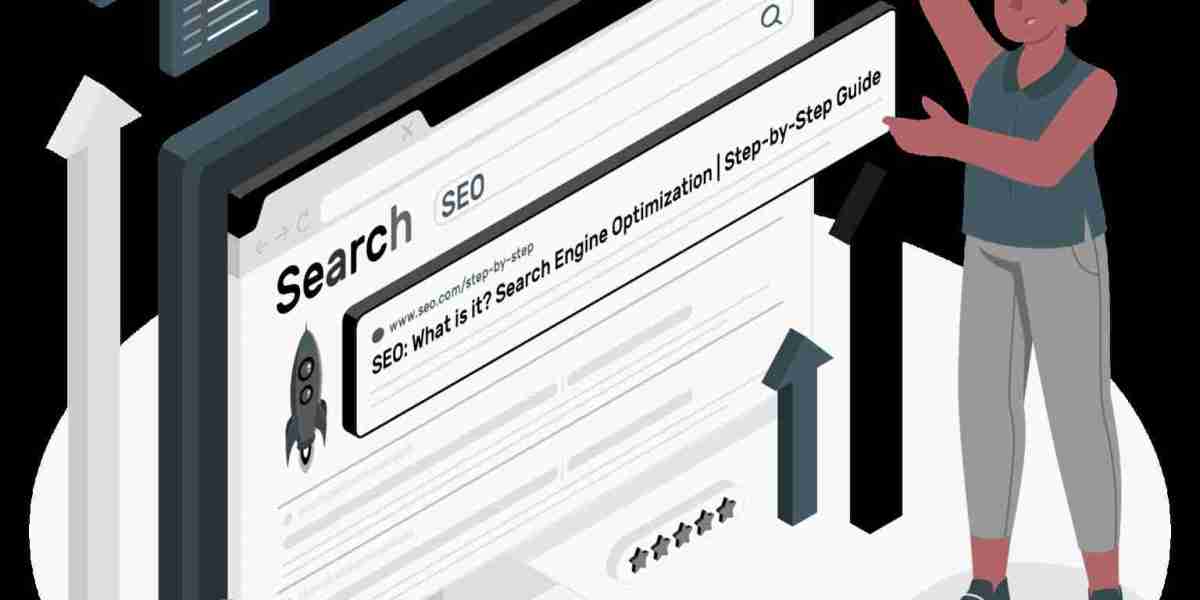Building a Comprehensive Strategy Tailored to Your Business Goals
Every successful business begins with a clear vision, but achieving that vision requires more than ambition—it demands a well-crafted strategy. A comprehensive business strategy connects your mission, resources, and operations to specific, measurable goals. Tailoring this strategy to your unique business goals ensures focus, efficiency, and long-term success.
In this article, we'll break down the components of a comprehensive strategy, explore how to align it with your specific objectives, and provide actionable steps to implement it effectively.
Why a Tailored Strategy Matters
No two businesses are alike. While general business advice can be helpful, applying cookie-cutter strategies often leads to missed opportunities or wasted resources. A strategy tailored to your business goals takes into account:
Your market niche
Target audience
Internal capabilities
Competitive landscape
Short- and long-term objectives
Customization allows you to concentrate your efforts where they matter most, avoid distractions, and build sustainable growth.
Step 1: Define Clear, Measurable Goals
Start by clarifying exactly what you want to achieve. Goals provide direction and serve as benchmarks for progress. The SMART framework is an effective tool:
Specific – Clear and focused (e.g., “Increase website traffic by 25%”).
Measurable – You can track progress (e.g., through Google Analytics).
Achievable – Realistic given your resources.
Relevant – Aligned with your mission.
Time-bound – With a defined deadline.
For example, a retail company might set a goal to “Open three new locations in the next 12 months in high-growth suburban markets.”
Step 2: Assess Your Current Position
Before charting a new path, understand where you stand. A business assessment includes:
SWOT Analysis
Strengths: What advantages do you have? (e.g., skilled staff, loyal customers)
Weaknesses: Where are the gaps? (e.g., outdated tech, limited marketing)
Opportunities: What trends can you leverage? (e.g., e-commerce growth)
Threats: What risks should you plan for? (e.g., new competitors)
Market Analysis
Understand industry trends, customer behaviors, and your competitors. Tools like Google Trends, market reports, and customer surveys can provide valuable insights.
Resource Audit
Assess your human, financial, and technological resources. Are you using them effectively? Do you need to invest more in certain areas?
Step 3: Identify Strategic Priorities
With your goals and position clear, prioritize the strategic actions that will move the needle. These priorities should reflect both ambition and feasibility.
Some examples:
Brand positioning – If your market is crowded, focus on differentiating your brand.
Operational efficiency – If margins are thin, streamline processes.
Customer experience – If retention is low, enhance service and loyalty programs.
Digital transformation – If you're behind on tech, modernize your tools and platforms.
Choose 3–5 core priorities to focus on in the short-to-medium term.
Step 4: Build the Strategy Framework
Here, you connect your priorities with actionable initiatives. A good strategy answers the "what," "why," and "how."
Strategic Pillars
Organize your efforts under key pillars (e.g., Marketing, Sales, Product Development, Customer Service).
Objectives and Key Results (OKRs)
Define what success looks like under each pillar.
Example:
Pillar: Marketing
Objective: Improve brand visibility
Key Results:
Grow social media following by 40% in 6 months
Secure 5 media mentions per quarter
Launch a targeted ad campaign with a 5% conversion rate
Roadmap and Timeline
Map initiatives over time. This helps align teams, allocate resources, and monitor progress.
Step 5: Align the Team
A strategy only works when your team understands and supports it. Here’s how to build alignment:
Communicate clearly – Share the “why” behind your strategy.
Set individual goals – Align team members’ objectives with business goals.
Provide training – Equip your team with the tools and knowledge to execute.
Foster accountability – Use KPIs, dashboards, and regular check-ins.
When every team member knows how their work contributes to the bigger picture, engagement and performance improve.
Step 6: Measure, Monitor, and Adjust
Strategy is not static—it evolves with your business and environment.
Track Key Metrics
Use dashboards and analytics tools to monitor performance. Common metrics include:
Revenue growth
Customer acquisition cost (CAC)
Customer lifetime value (CLV)
Employee productivity
Customer satisfaction (e.g., NPS)
Review Regularly
Conduct quarterly reviews to evaluate:
What’s working
What’s off-track
What needs to be adjusted
Encourage honest feedback and data-driven decisions. If a strategy isn’t producing results, don’t hesitate to pivot.
Real-World Example: A Boutique Marketing Agency
Let’s say you run a small marketing agency specializing in hospitality clients. Your business goal is to double revenue in two years.
Strategy Snapshot:
Goal: Double revenue from $500K to $1M
SWOT Findings:
Strength: Strong hospitality network
Weakness: Limited recurring revenue
Opportunity: Growth in boutique hotel sector
Threat: Larger agencies entering your niche
Priorities:
Expand service offerings (e.g., social media management)
Launch a monthly retainer program
Improve lead generation via content marketing
Strategic Actions:
Create a blog targeting hotel marketers
Run LinkedIn ads showcasing case studies
Host webinars on hospitality branding
Train staff in SEO and paid media
Result:
Within 18 months, you increase monthly recurring revenue by 60% and land three long-term clients through your webinars and blog.
Conclusion
A tailored business strategy isn’t just a document—it’s a roadmap for growth. By clearly defining goals, assessing your current position, prioritizing strategic initiatives, and aligning your team, you set the stage for consistent progress and measurable success.
Most importantly, keep your strategy alive. Revisit it, refine it, and let it evolve with your business. In a fast-moving world, adaptability is just as important as planning.For more services visit https://ibdigitalservices.com/.








